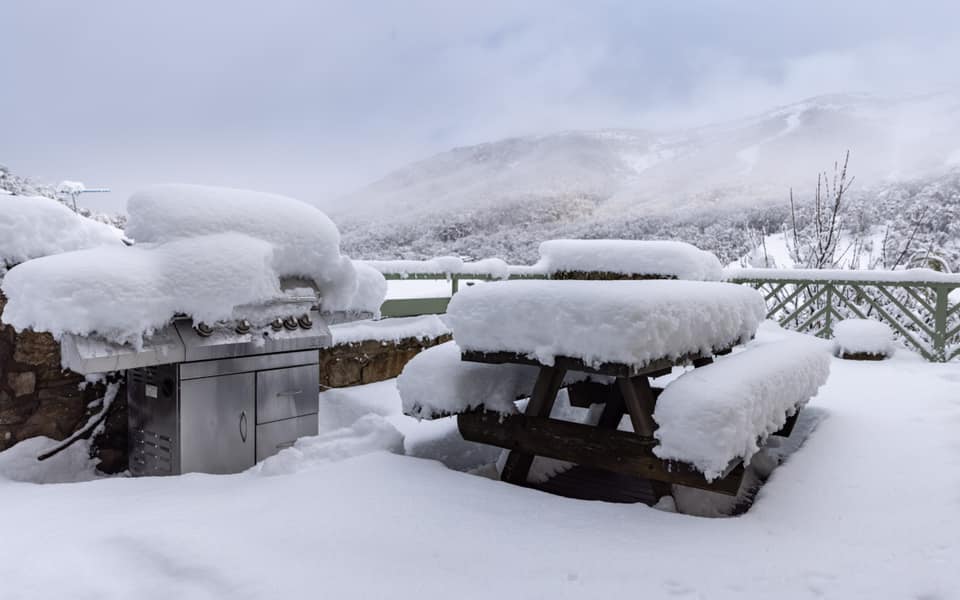Discover the Top Ski Resorts and Snowy Destinations for Snow In Australia
Discover the Top Ski Resorts and Snowy Destinations for Snow In Australia
Blog Article
Discover the Interesting Impacts of Snow in Australia on Neighborhood Environments
In spite of its credibility for sun-soaked landscapes, Australia additionally boasts areas buried by snow-- a phenomenon that exceptionally influences the country's unique communities. The protecting buildings of snowflakes safeguard plants and fauna amidst the coldest winter seasons, while the melting snow supports rivers and aquatic life. Nonetheless, the actual marvel hinge on just how these icy problems form the nation's biodiversity and nutrient cycles. As we decipher this complex partnership, we find ourselves treading on unexplored grounds in Australia's high nation.
The Unexpected Areas of Snowfall in Australia
Although Australia is frequently associated with sandy coastlines and sun-scorched landscapes, particular areas remarkably experience snowfall. The high country regions of New South Wales, Victoria, and Tasmania are especially recognized for their winter months snow. The Snowy Mountains in NSW, as an example, get bountiful seasonal snow, using a stark comparison to the country's regular hot, arid climate. The Victorian Alps and components of Tasmania likewise see annual snowfalls, transforming the landscape right into a winter season wonderland. These areas are not just abnormalities yet indispensable components of Australia's varied climate system. The existence of snow in these regions substantially affects regional ecological communities, consequently impacting the nation's unique biodiversity. The certain impact on Australia's unique vegetation will be discussed in the next area.

Exactly How Snow Impacts Australia's Unique Vegetation
While it may appear unusual, snowfall in Australia plays an essential duty fit the nation's distinct flora. The snow-filled winter seasons foster resilience in Australian plant species. This is especially evident in the alpine and sub-alpine areas, where snow periodontals and hill plum-pines flourish. These plants have actually developed to survive in extreme problems, with snow acting as a safety covering from severe winds and freezing temperature levels. The snow also adds to the see moisture web content of the dirt, giving needed hydration for plant during the dry summertime. In significance, the snow influences the timing of blooming and seed dispersal, the important site development rates, and the survival of several plant species, showcasing the intricate interaction in between environment and vegetation in Australia.
The Adjustments of Australian Fauna to Snowfall
Simply as Australia's plants has adapted to the wintery problems, the neighborhood animals as well, show impressive adaptations to the snowfall. It uses the snow as insulation, hibernating in rock holes below the snow to remain cozy. The Snow Skink, a varieties of lizard, alters its colour to white during wintertime, giving camouflage versus predators.
The Role of Snow in Forming Local Ecological Communities
In shaping the local environments, the function of snow in Australia is both profound and multilayered. It influences the distribution of flora and animals, largely defining the biodiversity of alpine and sub-alpine regions. Snow provides a critical water source, feeding rivers and tanks as it melts, hence supporting a selection of marine life types. In addition, snow serves as an insulator, safeguarding ground-dwelling organisms from severe cold. In a similar way, it plays a considerable duty in dirt formation and nutrient biking. The periodic cold and thawing of dirt generated by snowfall promotes the break down of rocks, enhancing dirt fertility. Subsequently, the presence of snow shapes the plants patterns, pet habits, and general sustainability of Australia's special environments. Does It Snow In Australia.

The Future of Snowfall in Australia: Ramifications and predictions

Offered the vital role snow plays in shaping neighborhood ecosystems, the future of snowfall in Australia is drawing enhancing focus from conservationists and scientists. Less snow could result in decreased water accessibility in alpine regions, negatively affecting wild animals habitats and plant life. The tourism market, heavily reliant on the winter snow season, might additionally encounter substantial obstacles.
Conclusion
The function of snow in Australia's environments is essential yet often overlooked. Hence, the snow in Australia is much more than an all-natural phenomenon; it's an essential gamer in the nation's ecological story.
In spite of its reputation for sun-soaked landscapes, Australia likewise flaunts areas buried by snow-- a phenomenon that profoundly influences the nation's unique environments. It makes use find here of the snow as insulation, hibernating in rock gaps below the snow to remain cozy - Does Australia Get Snow.In shaping the local communities, the role of snow in Australia is both extensive and multilayered. The visibility of snow forms the vegetation patterns, animal actions, and general sustainability of Australia's distinct environments
Provided the essential duty snow plays in forming local ecological communities, the future of snowfall in Australia is drawing increasing attention from scientists and environmentalists.
Report this page